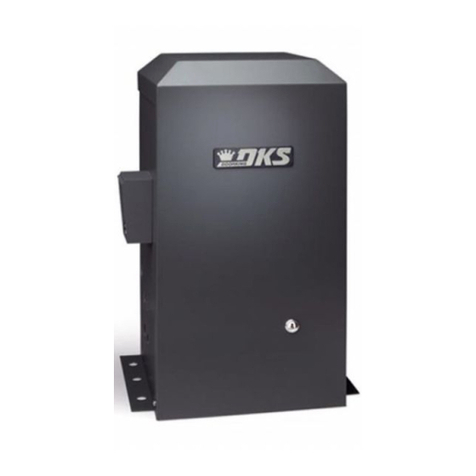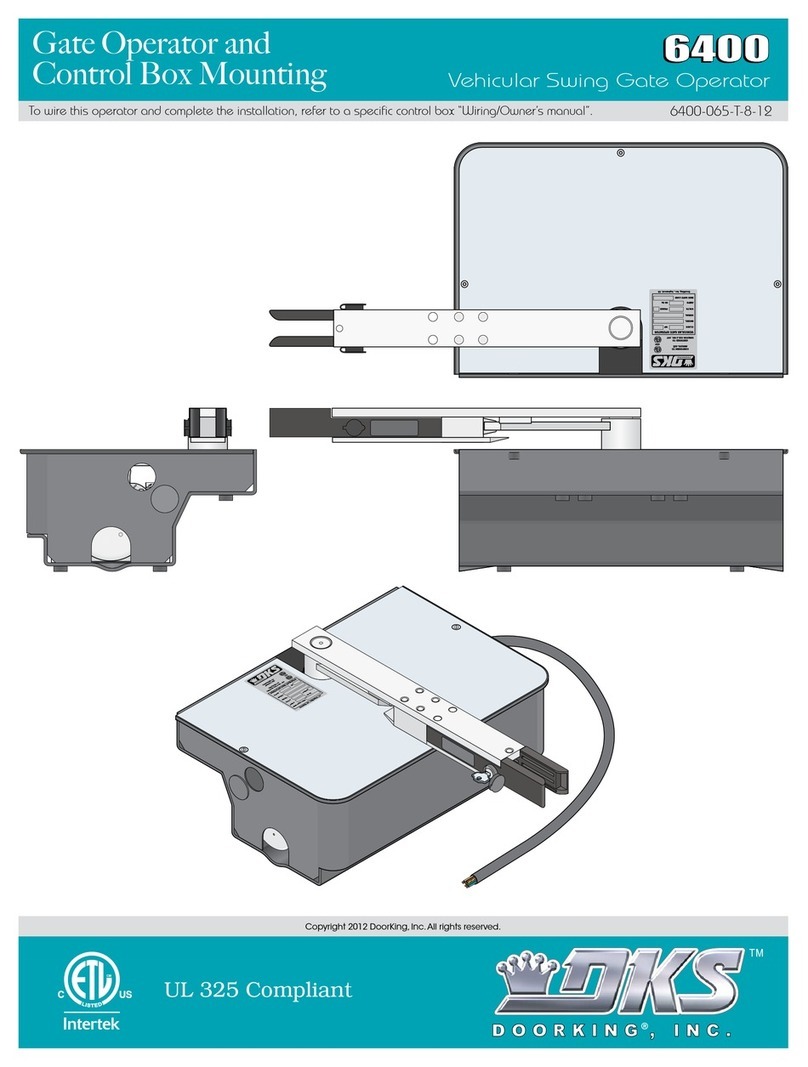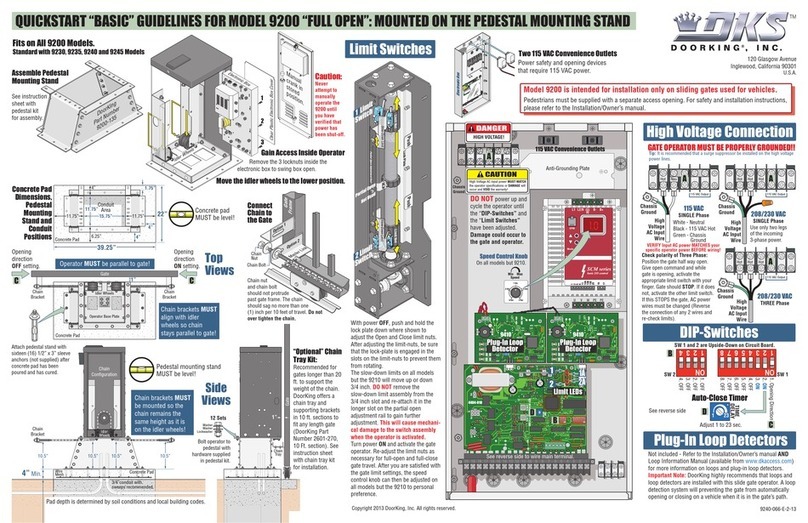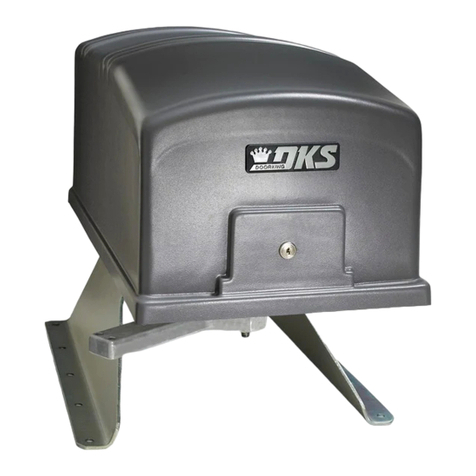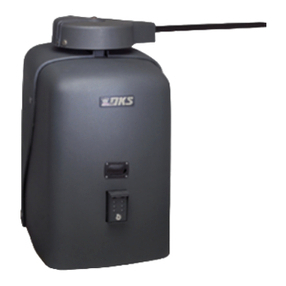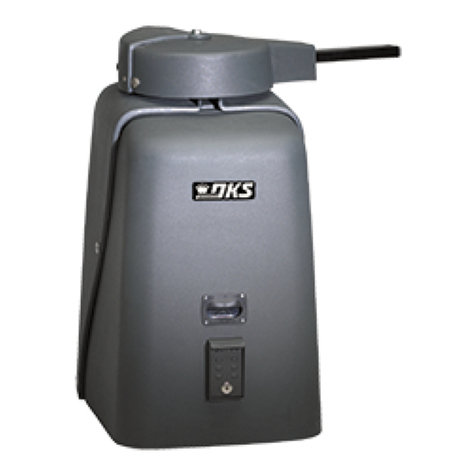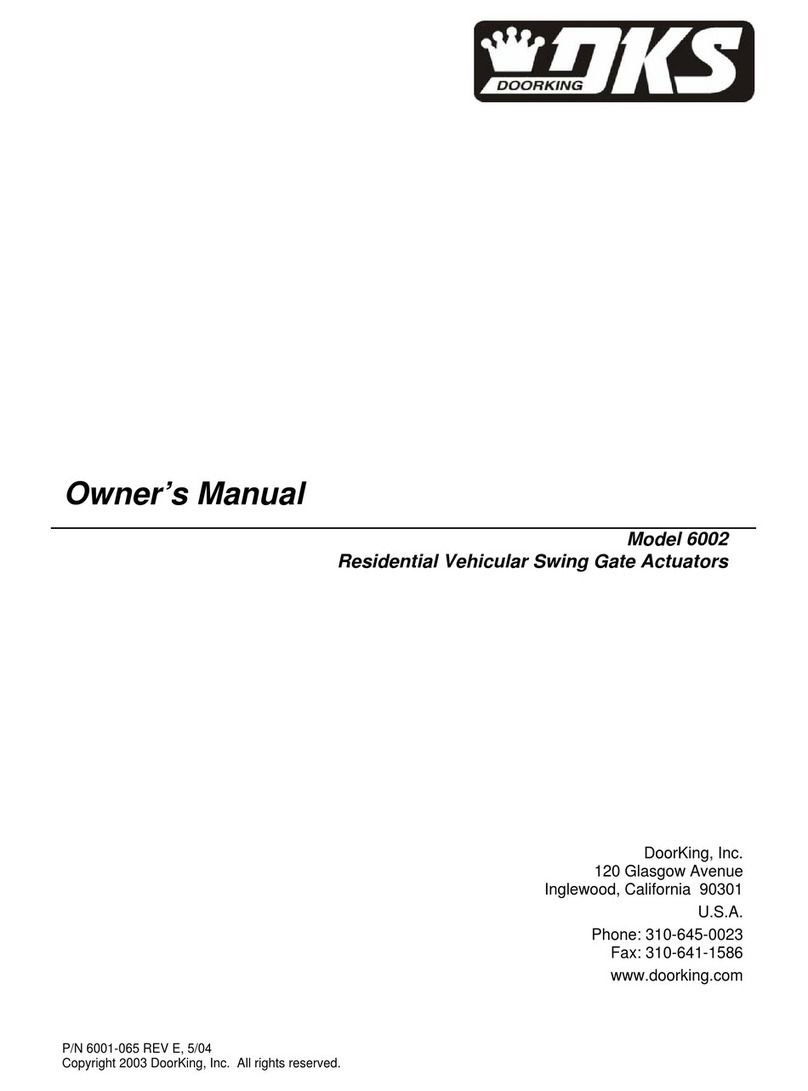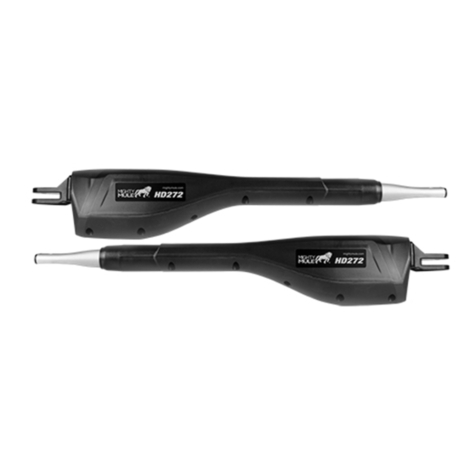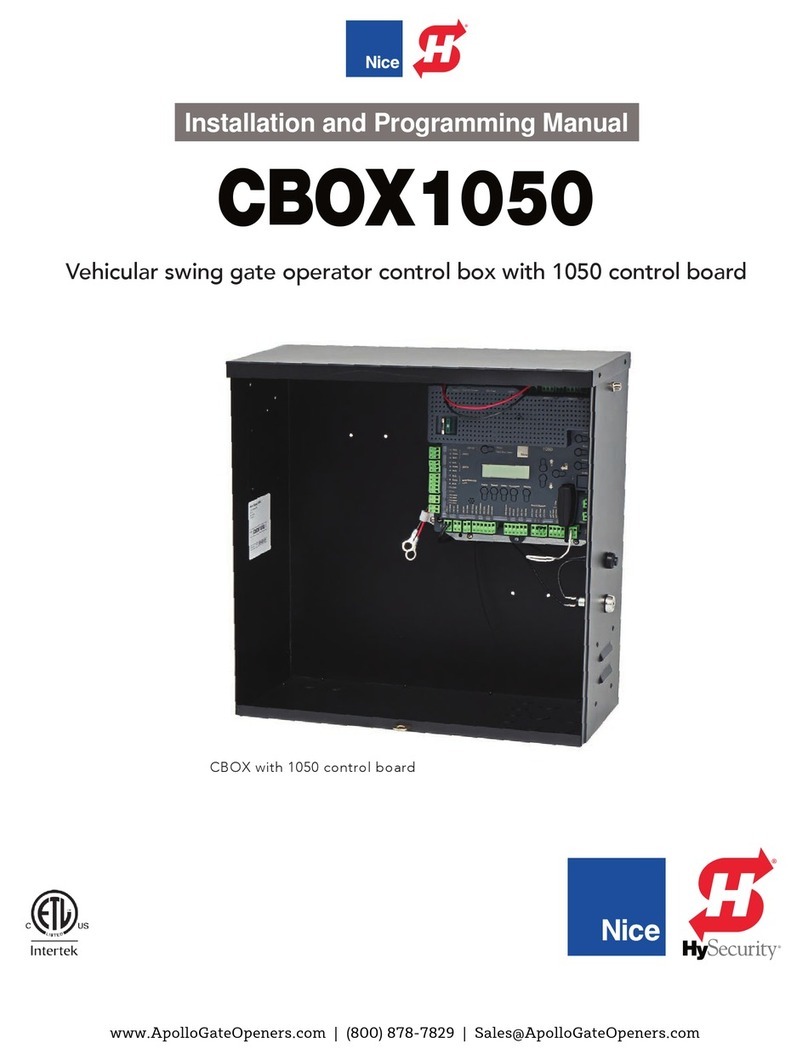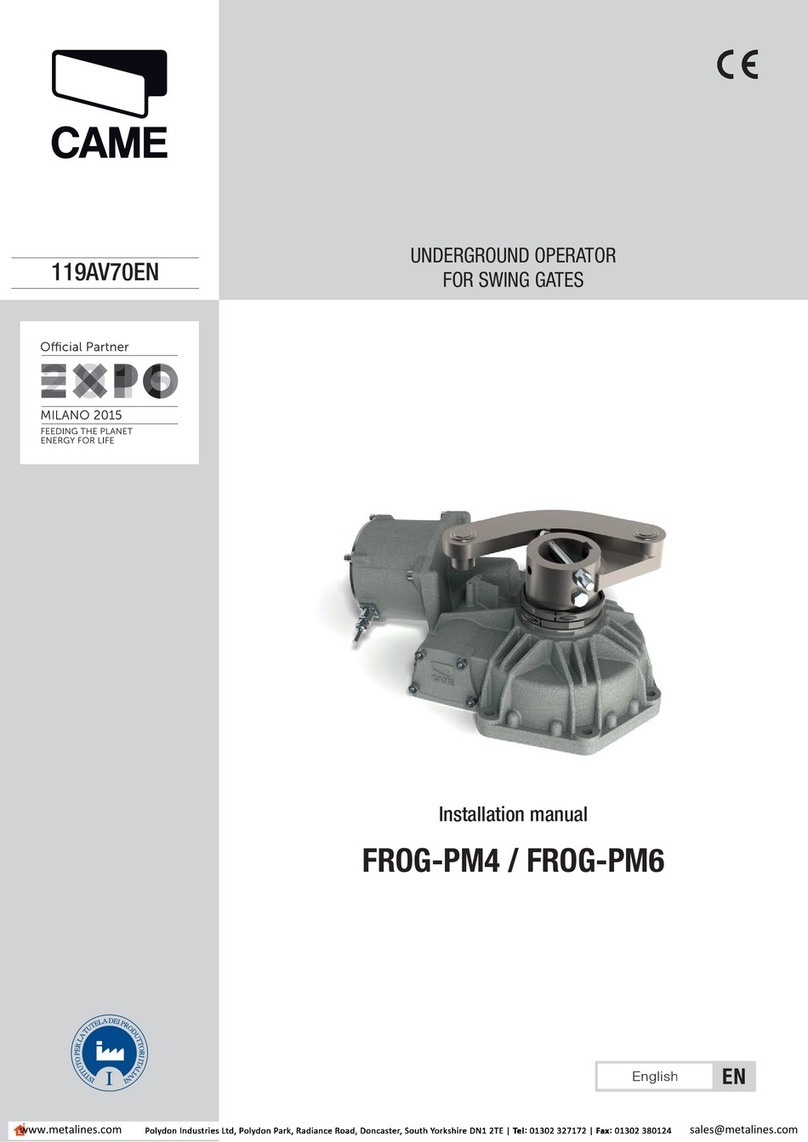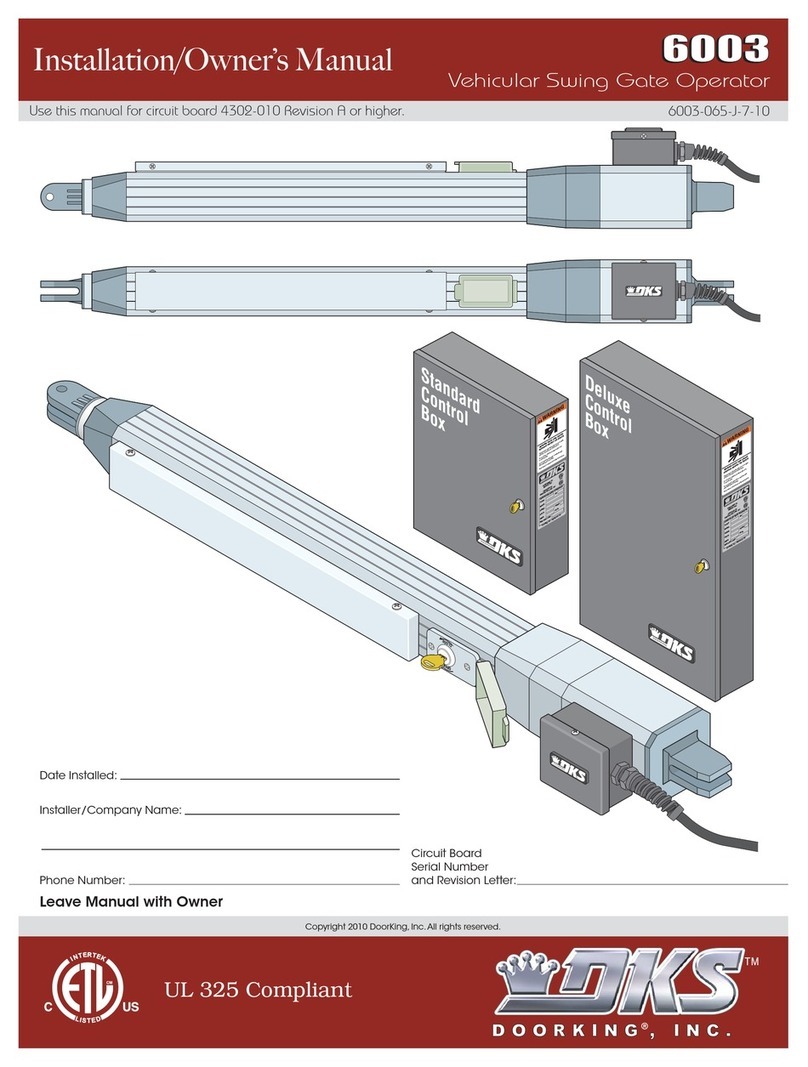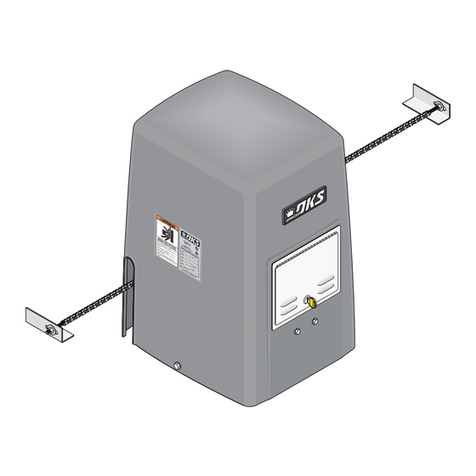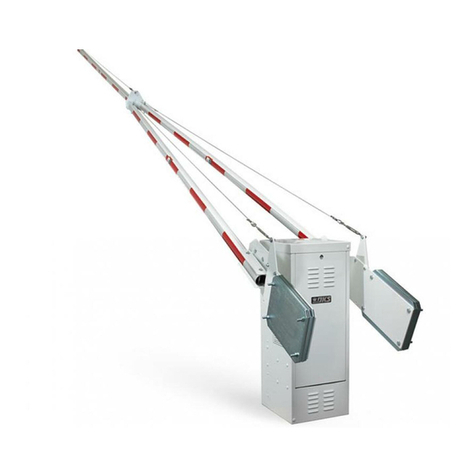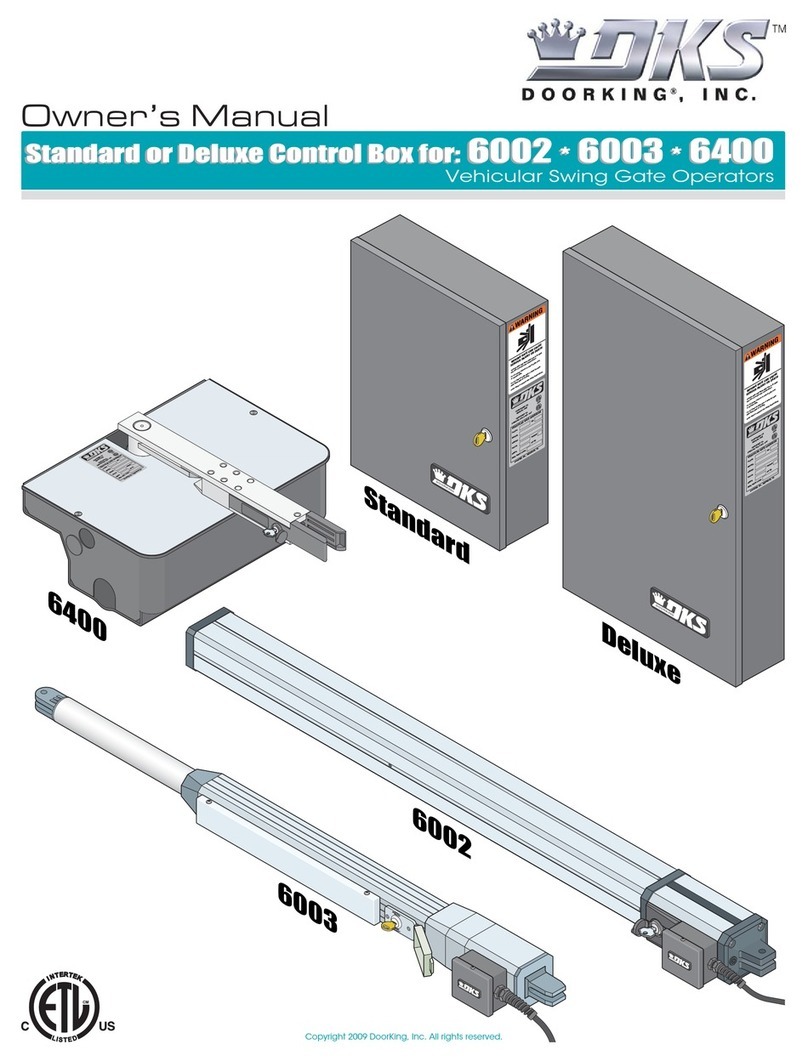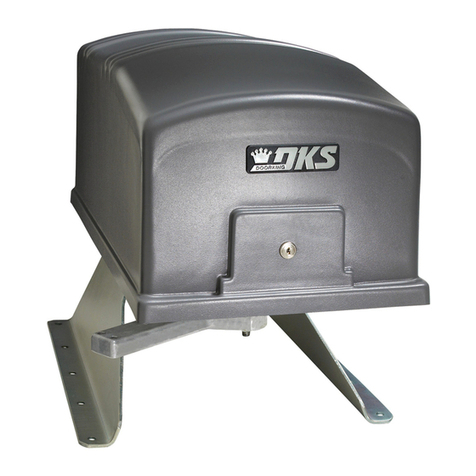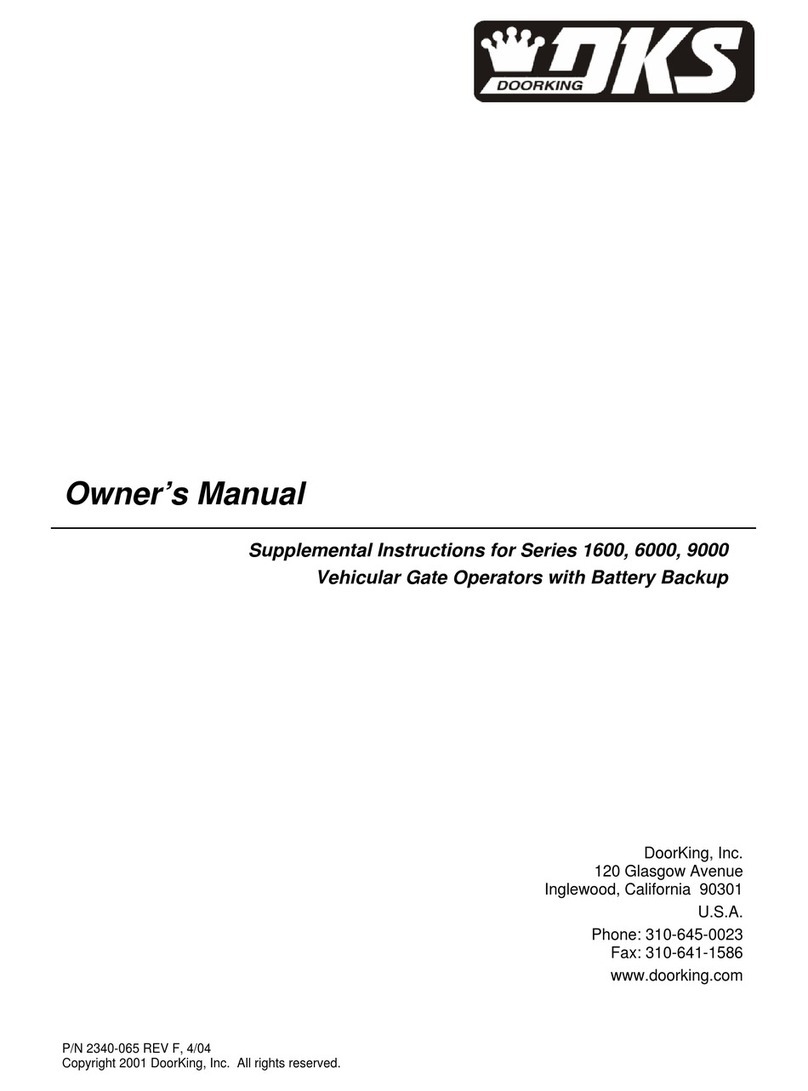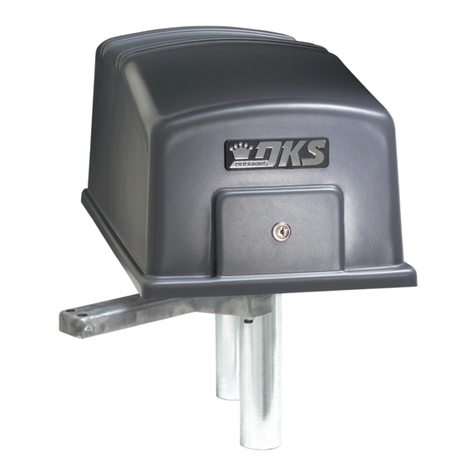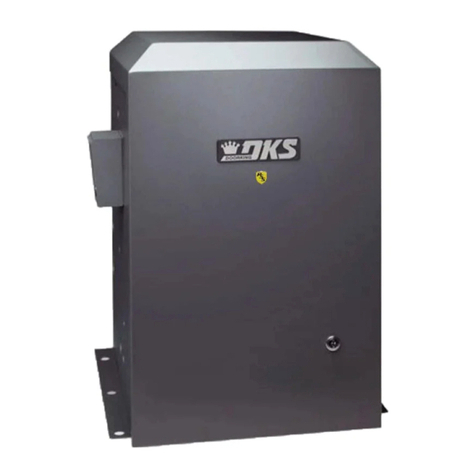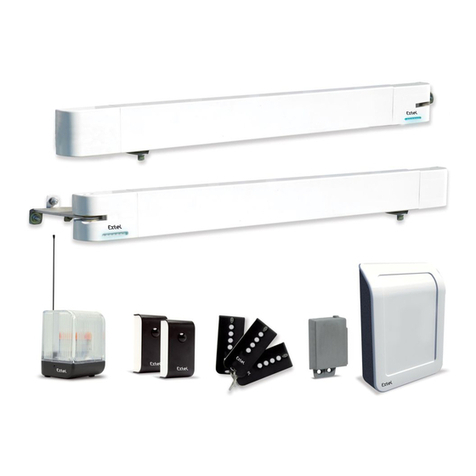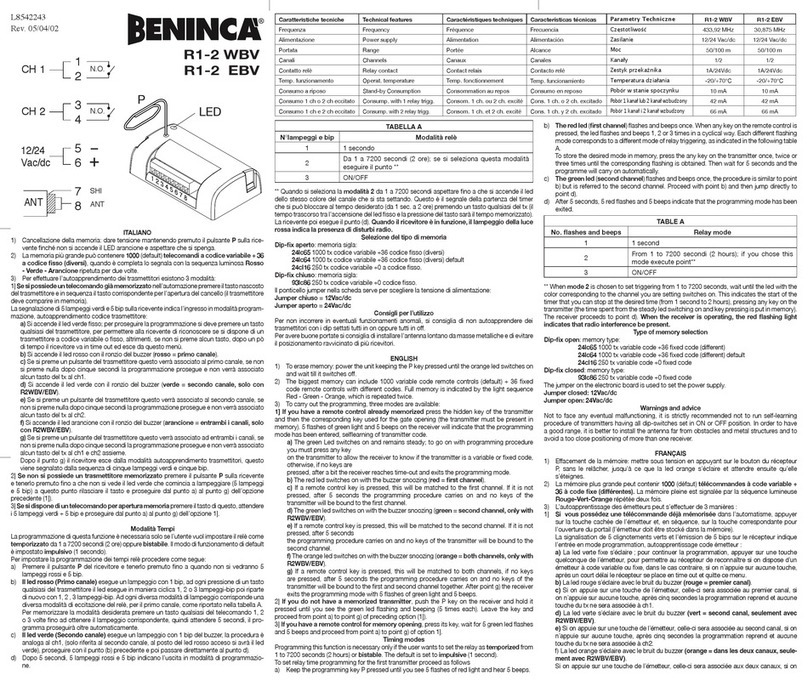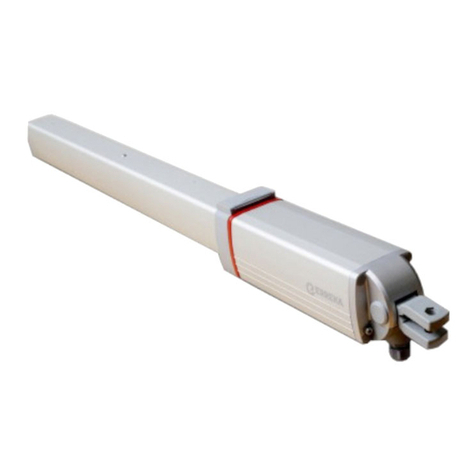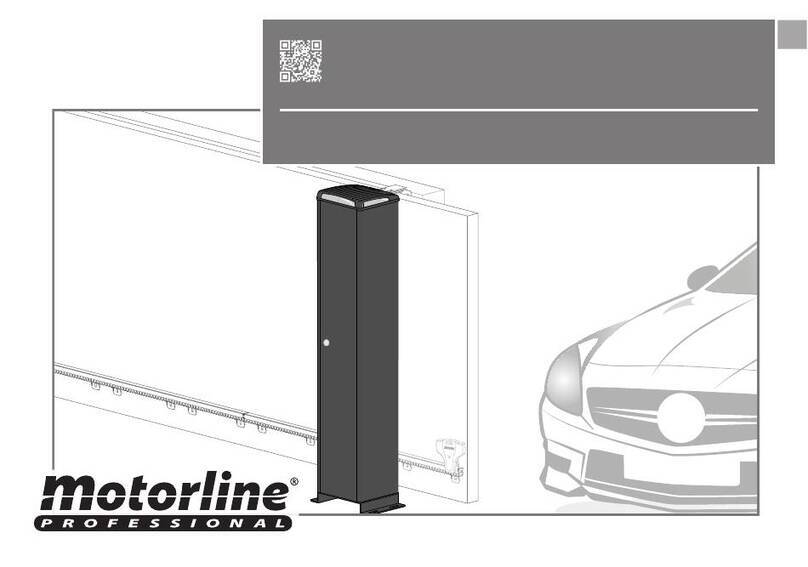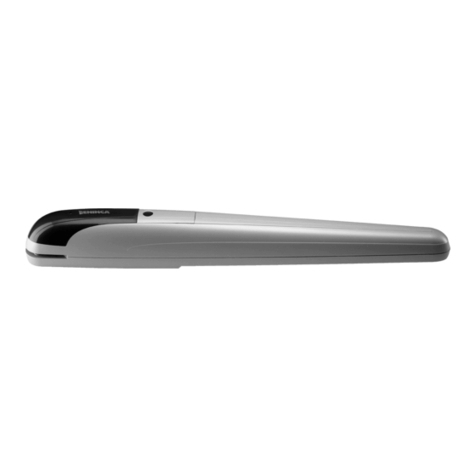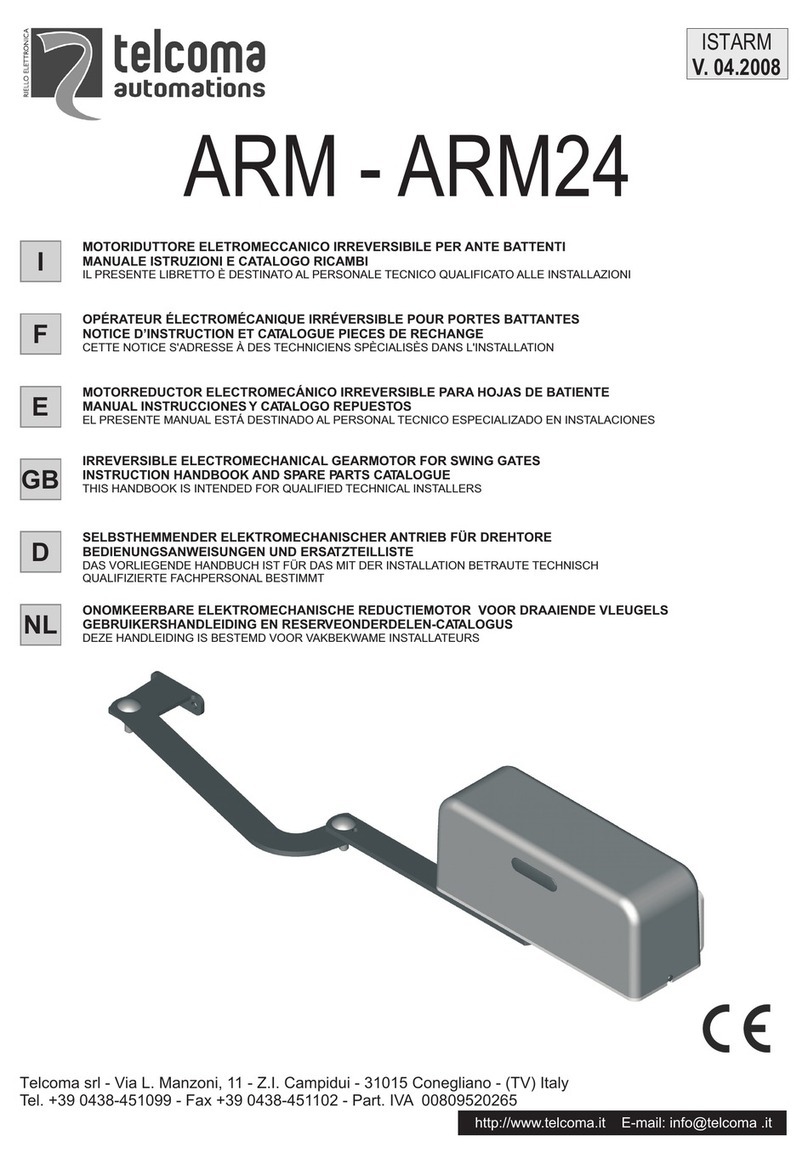
1603-065-N-7-11
4
UL 325 Entrapment Protection
Class I and II
Class III
Class IV
Class II
Class III Class IV
A vehicular gate operator (or system) intended for use in a
home of one-to four single family dwelling, or a garage or
parking area associated therewith.
A vehicular gate operator (or system) intended for use in a
commercial location or building such as a multi-family
housing unit (five or more single family units) hotel,
garages, retail store or other building servicing the general
public.
A vehicular gate operator (or system) intended for use in a
industrial location or building such as a factory or loading
dock area or other locations not intended to service the
general public.
A vehicular gate operator (or system) intended for use in a
guarded industrial location or building such as an airport
security area or other restricted access locations not
servicing the general public, in which unauthorized access
is prevented via supervision by security personnel.
This table illustrates the entrapment protection requirements for each of the four UL 325 classes.
A- Inherent entrapment protection system.
B1 - Provision for connection of, or supplied with, a non-contact sensor (photoelectric sensor or the equivalent).
When used as the PRIMARY device, must be monitored.
B2 - Provision for connection of, or supplied with, a contact sensor (edge device or the equivalent).
When used as the PRIMARY device, must be monitored.
C- Inherent adjustable clutch or pressure relief device.
D- Provision for connection of, or supplied with, an actuating device requiring continuous pressure to maintain
opening or closing motion of the gate.
E- An inherent audio alarm.
STATE PRISON
UL 325
Classifications
Horizontal Slide, Vertical Lift, Vertical Pivot Swing and Vertical Barrier (arm)
Primary Protection
A B1, B2 or D A, B1, B2, C or DA or C
A, B1 or B2 A, B1, B2, D or E A, B1, B2, C or DA, B1, B2 or C
A, B1, B2 or D A, B1, B2, D or E A, B1, B2, C, D or EA, B1, B2, C or D
Secondary Protection Primary Protection Secondary Protection
Class I
